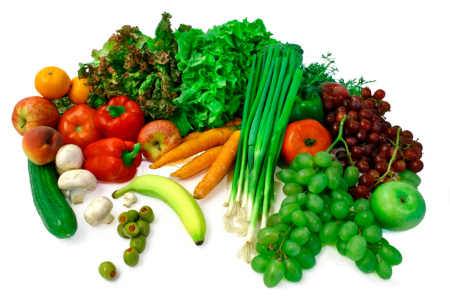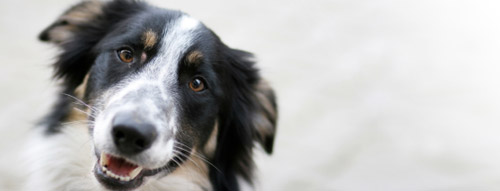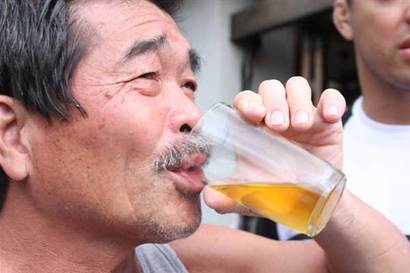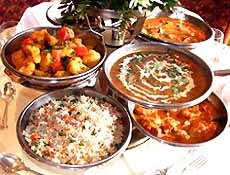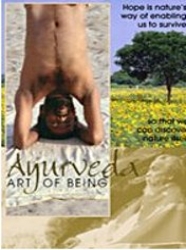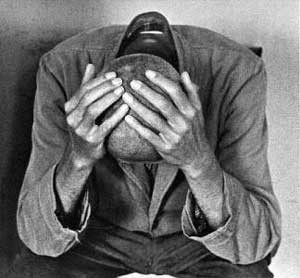It is believed that Ayurveda has a cure for every disease or disorder one has come across and that nature has not only provided us with a problem but a solution as well. Psychological disorders are increasing day by day and the drugs administered are providing temporary results. We not only need to look into the cure of these disorders but also the prevention of these from reoccuring.
Following are the general types of imbalances at the source of most chronic conditions, including psychological disorders:
1. Toxins accumulating in tissues and blocking circulation.
2. Poor nutrition.
3. Poor digestion.
4. Imbalance of the nervous system.
5. Accumulation of physical and mental stress.
6. Lowering of natural resistance and immunity.
7. Disruption of natural biological rhythms.
The common modern medical approach to match drugs to symptoms does not completely address many of these factors. As a result, modern medicine often cannot fully remove the disorder and the condition becomes chronic. Chronic means that the condition persists over time even with the best modern medical treatment. Currently over 100 million Americans suffer from a chronic condition, indicating that some new approach is needed in our health care.
A Natural Treatment Program for Psychological Disorders: These therapies is not only effective at removing the imbalances at the basis of chronic disorders but also have no significant side-effects. The goal of this Ayurveda approach is to enliven the body’s natural healing and self-repair ability not only to help cure psychological disorders, but also to prevent disorders and create the highest state of health and well-being.
Removing the Buildup of Toxins and Impurities:Most chronic disorders start when toxins accumulate in tissues and begin to disrupt the delicate biochemistry there. Toxin buildup can also obstruct the channels of circulation and elimination. This blockage prevents proper nutrition from reaching the tissues and blocks the processes that cleanse them of impurities.
Rejuvenation Therapy Treatments: Rejuvenation Therapy treatments address the problem of toxin accumulation by systematically:
1. Loosening impurities that have become embedded in tissues and helping liquefy them for easy absorption into the circulation and eventual elimination
2. Softening and opening the channels of circulation and elimination so proper nourishment can reach the tissues and impurities can be more easily eliminated from them.
3. Activating the elimination process for the most thorough cleansing of the entire physiology.
Herbalized oil massage is used both at home and in-residence treatments to aid the cleansing process. Herbalized oil massage provides a deeply soothing and balancing effect for the entire physiology. The motion of massage creates heat and friction which enhance circulation and help cleanse affected tissues of chemical impurities that could be causing symptoms of psychological disorders. The oil and herbs cleanse and nourish the tissues to aid their repair and development. The various herbs that have been boiled into a base oil, and the oil itself, are specifically chosen for their effect on removing the imbalances at the basis of your condition. The oil helps the balancing process by allowing the herbs to more deeply penetrate the affected tissues.
1. The home program involves herbalized self-massage for 5-10 minutes in the morning before you take your shower.
2. During the in-residence portion of your program, highly trained Ayurveda technicians daily perform very specialized massage for you, using oils in which as many as 50 herbs have been used. These special oils are only available as part of the in-residence program.
Proper Nutrition: One of the great strengths of the Ayurveda dietary approach is that it contains knowledge of how to have a light, easy-to-digest diet that still is both satisfying and nourishing. Many individuals have easily followed this diet and have improved their digestion and energy while also reducing their symptoms.
Herbs are considered nutritional supplements in Ayurveda. Their purpose is to restore balance to the specific functioning modes whose malfunctioning is causing your condition. During your consultation, our Ayurveda Health Consultants select the appropriate herbal formulas for aiding the healing process, strengthening digestion and helping the body purify itself of toxins and free radicals. Free radicals are a specific class of chemicals that are highly irritating to the physiology. Scientific research has found that free radicals contribute to a wide variety of disorders. When appropriate, Ayurveda Health Consultants can recommend Ayurveda herbs that research has shown to be powerful anti-oxidants and free radical scavengers. Two Maharishi Ayurveda herbal preparations have been shown to have 1000 times more anti-oxidant activity than either vitamin C or E. Ayurveda herbs can also have a holistic influence of balancing and nourishing the entire physiology.
Creating strong digestion: Our ability to properly digest food is as important as what specific food we eat. Incompletely digested foods create toxins and impurities that are eventually absorbed, travel throughout the physiology, localize in tissues and disrupt their functioning. This process plays a major role in a wide variety of chronic conditions, including psychological disorders.
Balancing nervous system activity: The nervous system controls most bodily functions, and almost every chronic condition is affected in some way when the nervous system activity becomes imbalanced. According to Ayurveda, the physiological principle at the basis of nervous system stability and activation is called Vata. Because nervous system imbalance contributes to psychological disorders, from the Ayurveda perspective Vata imbalance is an underlying cause of the condition and needs to be reversed.
Stress management: Excessive mental, emotional and physical stress can worsen the symptoms of many chronic disorders, including psychological disorders. This is due to hormonal changes and other biochemical responses to stress that can imbalance the nervous system and depress the healing ability of the body.
1. Instruction in the Transcendental Meditation program
2.Ayurveda massage and heat treatments
3.instruction in Yoga asana postures
Lifestyle and Daily Routine: One of the most important factors for maintaining healthy functioning is to have a lifestyle that does not disturb natural bodily rhythms. When we eat, sleep and exercise in constantly fluctuating and disturbing patterns, the body loses its natural balancing cycles and cannot cleanse or heal itself as effectively. Therefore, regularity in our daily routine can be extremely effective in reducing physiological imbalance at the basis of psychological disorders.
Exercise and Flexibility Education: Ayurveda considers proper stretching and flexibility exercises to have a very positive effect on circulation, nervous system function, the body’s healing response and the treatment of many chronic conditions.
Strengthening the body’s natural healing and self-repair mechanisms: Ultimately every treatment approach must depend on the body’s natural healing ability for a real cure of the condition. Maharishi Ayurveda’s approach is not to attack the disease with something from the outside, like drugs or surgery, but to attempt to enliven the innate healing response of the body.
The healing response is one of the most complex and coordinated activities within the human physiology and often cannot be strengthened significantly without a comprehensive natural approach.
(Maharishi Ayurveda for Psychological Disorders by Dr.Raj)
(by Ayurvedanews.com) Mango Chutney:
Mango Chutney: